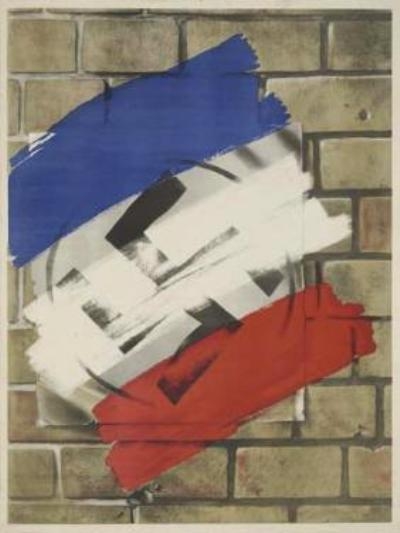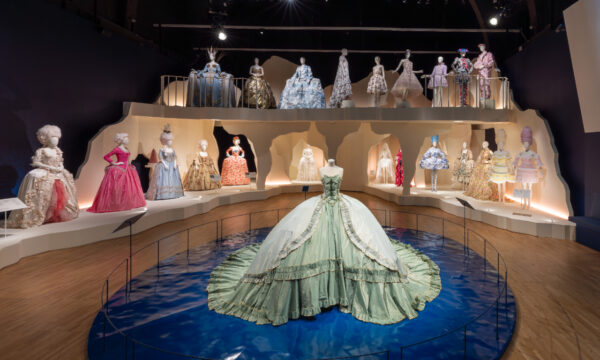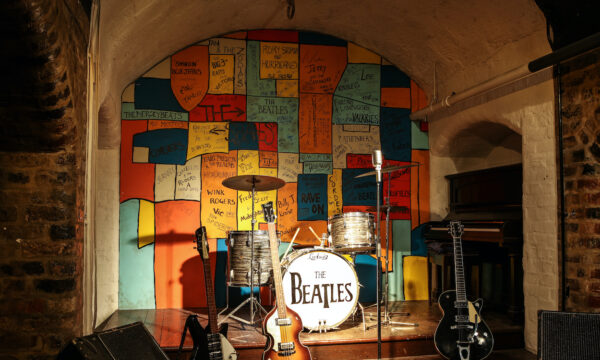Propaganda: Power and Persuasion at the British Library

If you look up the definitions of “advertising” and “propaganda”, the differentiating line between them is subtly visible. The purposes of advertising are, of course, based upon consumption and financial profit, nevertheless Propaganda: Power and Persuasion, at the British Library, gives a first-hand overview of how the two concepts have entwined and developed together.
This show acts as a showcase of concepts and objects used throughout the ages to influence the ideals of mass audiences worldwide. With an emphasis on printed media between the turn of the 20th century and the 1980s, the prominence of art and design as the main communicative tool in historical propaganda stands on its own platform. The exhibition features some dramatic pieces of art and illustration, such as Napolean Bonaparte’s portrait by Jean-Baptiste Borely and cover pages from the Soviet Union’s Atheist magazine, as well as arresting design seen in the French Liberation Poster and North Korean postage stamps depicting its Six-Year Plan. This exhibition is an exposition of creative and conceptual visualisation in its own right.
Propaganda: Power and Persuasion will provide hours of immersion. Its catalogue of exhibits has a wide range, is enlightening and the items on show extend far beyond the usual examples of propagandistic material displayed habitually in many museums. It gives a broad insight into the persuasive motivations of governments and individuals, and how those motivations have adapted to rapidly changing media and public interest.
However, the exhibition lets itself down in its failure to make a substantial examination of propaganda in present times. With modern propaganda referenced throughout in video exhibits, the sixth and final section, “Today”, feels neglected and rather anticlimactic. The exhibits featured here however, are of high merit with Chorus, a mesmerising data-driven installation from digi-art studio FIELD (its outsized presence may be an interpretation of digital media and the internet’s complete overhaul of other forms of communication) presented alongside the discreetly displayed September Dossier, also known as Iraq’s Weapons of Mass Destruction: The Assessment of the British Government, which can’t but help send shivers down your spine.
Propaganda: Power and Persuasion is as dramatic as it is informative. While alleviating certain taboos surrounding the term “propaganda”, the show gently initiates inquiry into the abstracted propaganda used today, which transcends direct apprehension in its various guises as PR, social networking and branding. Both revealing of the past and provocative of expectations for an impending future, this exhibition is essential viewing.
Hannah Wallace
Propaganda: Power and Persuasion is at the British Library until 17th September 2013. For further information visit the gallery’s website here.























Facebook
Twitter
Instagram
YouTube
RSS